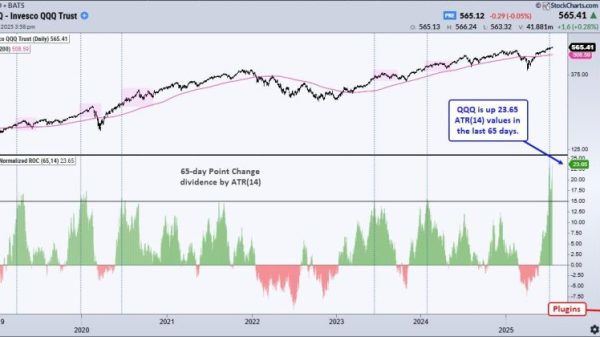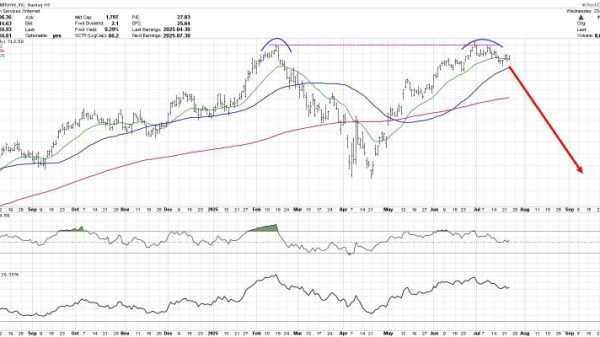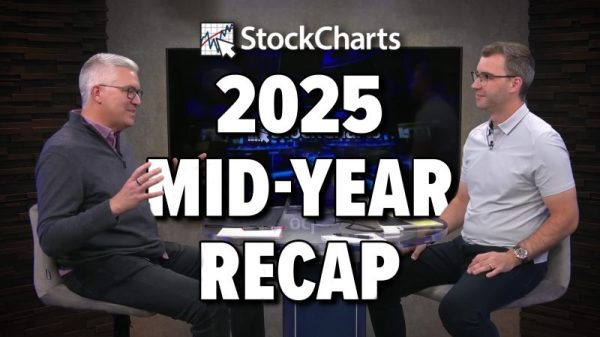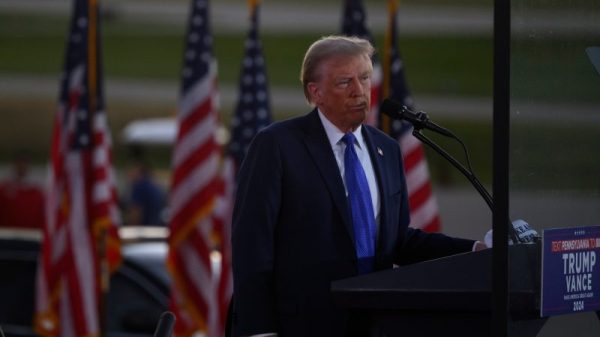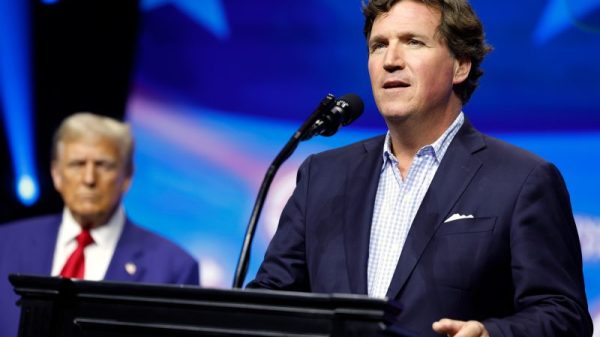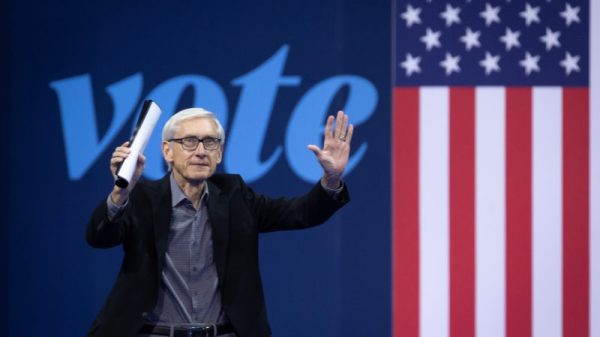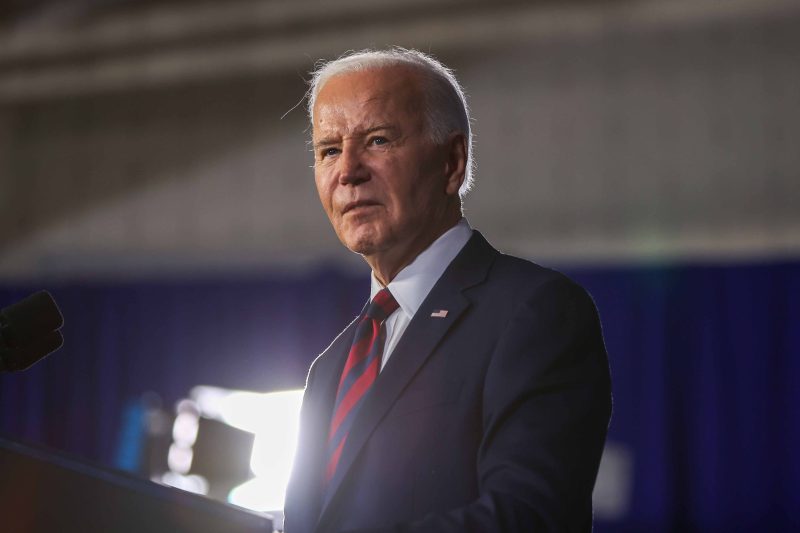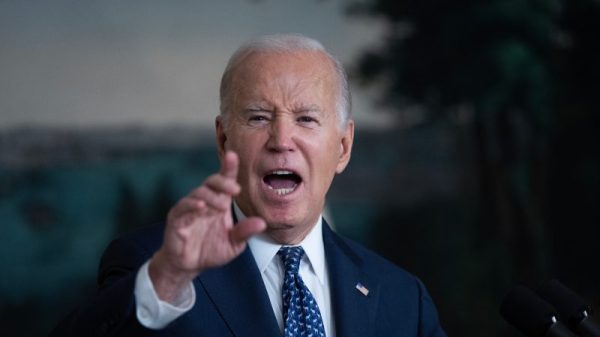“The budget reduces the deficit by about $3 trillion by making our tax code fairer.”
— White House budget director Shalanda Young, in remarks to reporters, March 11
A White House budget plan is aspirational and political — a wish list of policies that often fare poorly on Capitol Hill when the real spending bills are written. The Fact Checker spent many years as an economics and budget reporter and knows that although the numbers may add up in a White House budget, the assumptions are often dubious.
One favorite accounting gimmick of Ronald Reagan was dubbed the “magic asterisk.” These were spending cuts that would be identified later — but never were.
In his 2025 budget plan released last week, President Biden has a magic asterisk of his own. He promises he will uphold one of his most famous campaign promises from 2020 — not raising taxes on anyone making less than $400,000 — but never explains how he will pay for it.
Let’s explain.
Running for president, Biden was emphatic: “Nobody making under 400,000 bucks would have their taxes raised. Period. Bingo,” he declared on May 22, 2020. To pay for major new social programs, Biden proposed trillions of dollars in tax increases on the very wealthy and corporations, but his pledge helped shield him from Republican attacks that he would raise taxes on the middle class.
That promise is now under pressure.
Whoever is elected president this year will face a fiscal crisis next year — tax cuts signed by Donald Trump in 2017 will expire, meaning everyone’s taxes will go up sharply if Congress does not act.
Why would tax cuts expire? Because of an accounting gimmick. The revenue loss from tax cuts is measured over 10-year periods because of Senate rules, and Republicans wanted to pass more tax cuts than they could officially afford. So Trump and the GOP Congress enacted a tax cut that expired after just nine years so it would seem smaller than in reality.
Biden opposed the 2017 tax cut so he has no problem with taxes on the wealthy going up. But letting the whole tax cut expire would violate his pledge to people making less than $400,000.
“This was one of the most egregious and fiscally reckless budget decisions in modern history,” Biden’s 2025 budget says. “The President, faced with this fiscally irresponsible legacy, will work with the Congress to address the 2025 expirations, and focus tax policy on rewarding work not wealth.”
Among the principles the president listed to guide this debate is a commitment to handle the problem in a “fiscally responsible manner” by paying for “extending tax cuts for people earning less than $400,000 with additional reforms to ensure that wealthy people and big corporations pay their fair share.”
But the budget does not specify how Biden would do that. To fund proposals for social programs, the 2025 plan already has a bevy of tax increases on the wealthy and companies, including a billionaire wealth tax. It proposes imposing a top tax rate of 39.6 percent for people making more than $400,000 and increasing a tax on investments for people making more than $400,000.
Moreover, the cost of fulfilling this pledge is going to be expensive.
The White House has not produced a number but, using a 2023 Congressional Budget Office estimate and a 2022 Tax Policy Center estimate of the percentage of the tax cut that goes to the wealthy, we roughly calculate that at least $1.7 trillion in new revenue over 10 years would be needed to make sure there are no tax hikes on people making less than $400,000. (The math is complicated because the numbers change depending on the 10-year budget window and because it is unclear how many Americans have been pushed into the over-$400,000 tax bracket in the past two years.)
As examples of how Biden would pay for this, White House officials pointed, by way of illustration, to three tax increases that Biden has proposed in the past that are not in his budget. We will cite somewhat outdated 10-year revenue estimates, so the numbers are probably slightly higher now.
Impose an additional 5 percent tax rate above income of $10 million, and then an additional 3 percent above income of $25 million ($190 billion)Limit itemized deductions for high-income taxpayers ($350 billion)Roll back estate tax exemptions to 2009 parameters ($250 billion)
That adds up to about $800 billion — only halfway there.
White House officials insist that they can credibly claim the president’s budget includes $3 trillion in deficit reduction, despite the failure to identify ways to pay for the president’s $400,000 promise, because the budget says he is committed to making sure any fix is revenue neutral.
As a technical matter, inflation had partially eroded Biden’s promise as wage increases have pushed more people into the $400,000 tax bracket. A salary of $333,000 in 2020 would be worth $400,000 in today’s dollars. The White House is sticking with $400,000, saying it affects only the top 2 percent of taxpayers. (Other estimates suggest it could be as much as 5 percent). However, the budget would make the new top rate adjust each year with inflation.
“The Trump tax cuts added $2 trillion to the debt with unpaid giveaways skewed to the wealthy and large corporations, and now Congressional Republicans are proposing to add another $3 trillion to the debt by extending them,” said White House spokesperson Michael Kikukawa. “President Biden’s approach couldn’t be more different. He is fighting to cut taxes for working families and the middle class — standing by his commitment to never raise taxes on households earning less than $400,000 — while responsibly reducing the deficit by making the wealthy and large corporations pay their fair share.”
As we said, a White House budget is mostly a messaging document. To pay for many popular programs and to claim $3 trillion in deficit reduction, the budget is silent on how Biden would keep his promise not to raise taxes on people making less than $400,000 in a revenue-neutral way. That may be smart politics but it’s incomplete budgeting, especially because the cost of keeping that pledge is nearly $2 trillion over 10 years. If the president is reelected, he will struggle to meet that promise without giving up on other priorities.
(About our rating scale)
Send us facts to check by filling out this form
Sign up for The Fact Checker weekly newsletter
The Fact Checker is a verified signatory to the International Fact-Checking Network code of principles

